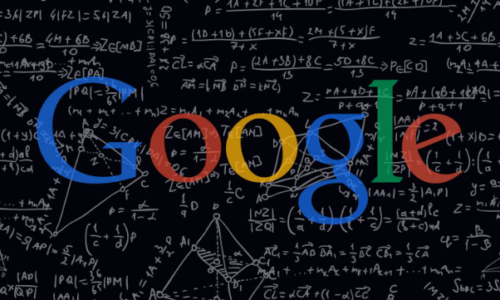
Types Of Search Intent
There are a number of digital marketing guides that mention the various types of search intents. Let us explore the four main types of search intent.Navigational Intent
This kind of intent is directed to navigating a page. For example, if people are typing Instagram on the search engine, they are looking to go to either login or in a secondary case, find someone’s profile. In this type of search intent people already know what they are looking for. This kind of search intent is when people prefer typing an application name than typing the URL in the search feed. Some of the other Navigational searches are Facebook, Twitter, Gmail, and so on.Informational Intent
Most of the searches on the internet are informational. This means people come online to search and learn about something. It can be about anything under the sun. It can be about anything right from how to make a paper boat to knowing everything about the galaxy. Google’s algorithms are so intricate that when you search for tomatoes, it just does not give the information on the vegetable but also suggests recipes. Google provides easy to understand suggestions to make your search more informative.Transactional Intent
When someone searches for an object or a service to buy then it’s called transactional intent. Many people search for various items and then make a purchase. Transactional intent has become popular after the introduction of e-commerce and other online purchase platforms.Commercial Investigation
There are plenty of options available for a customer. A buyer does not buy a product in the first instance. They investigate, compare, and then decide if they want to purchase the product or not. This kind of search intent where a customer investigates a product is known as commercial intent. Some examples can be – black women’s top, blue jean for men, and so on.Using Search Intent For Your Business
When you are optimizing your webpage, you need to understand the need to have catchy and easy-to-understand phrases. Understanding search intent helps in this. People often pose a question than type a phrase for what they want in a search engine. Search intent uses and structures keywords such that they form the right terms that are often used by customers to search for a product. The whole concept of search intent can be narrowed down to referring to it as “those that answer people’s questions or allow intended action”. This can be navigational, transactional, or investigation as explained previously.Optimizing search intent for your business
It is clear now to understand that search intent is one that cites interrogatives like “how-to”, “where to”, “right time to”,” meaning of”, and so on. The best way to optimize content to make it a search intent is, by making it a complete question in the most crucial pages and in the right part of the content. This can be in tags, page titles, descriptions, and meta descriptions. For example, let us take ”Search Intent” as the topic. Some of them can be as follows:- Heading – What is Search Intent?
- Paragraph headings as – Why is Search Intent important for business?
How to optimize Search Intent for an online presence?
- Stating a clear CTA – Always make sure the CTA button is clearly differentiated from the rest of the website content. It should be one of the first things to pull a customer to the page and then the next actions. A poor CTA like that in a small box can be misleading as it might go unnoticed in the eyes of the customer.
- Responsive design – One of the significant drawbacks that many brands face is not having a proper and precise responsive design for the web page. Choose wise words to attract customers and impressive strategies to make them stay on the page for an extended period.
- Wise text – When you are writing a meta description for a product, make sure you choose words that build customer trust and connect customers emotionally with the product. Write the right conversations to attract customers.
- Prompts from webpages – To optimize your search intent, you can take prompts from top-ranking pages. Analyzing top-ranking pages and SERPs can help you form ideas on how you can present your page.
Checking for 3Cs while optimizing search intent
Though the backend of studying search intent in-depth sounds a bit complicated, there is a simple way to understand how your content should be that suits the search engine and helps the customers too. There are namely 3Cs for a search intent that explains the whole concept in simple terms:- Content-Type – This describes the kind of content that the customers are looking for. This can be a blog post, an FAQ section, a landing page, or any type of page related to the product or service.
- Content Purpose– The content angle is described as what is the unique point that sellers have brought forward to sell their products. What is it that makes customers choose their service and click their webpage link or ad over the others? This is what is the content angle.
- Content Composition – The content format is how the content is structured. This can be the different types of content that readers are looking for. Examples – it can be an easy tutorial, a step-by-step guide, review posts. How-to guides, and so on.These are many in number, but the ones that attract customers are the ones that are easy to interpret and simple to understand. For this, it is necessary to look from the angle of the customers while optimizing the search intent.







